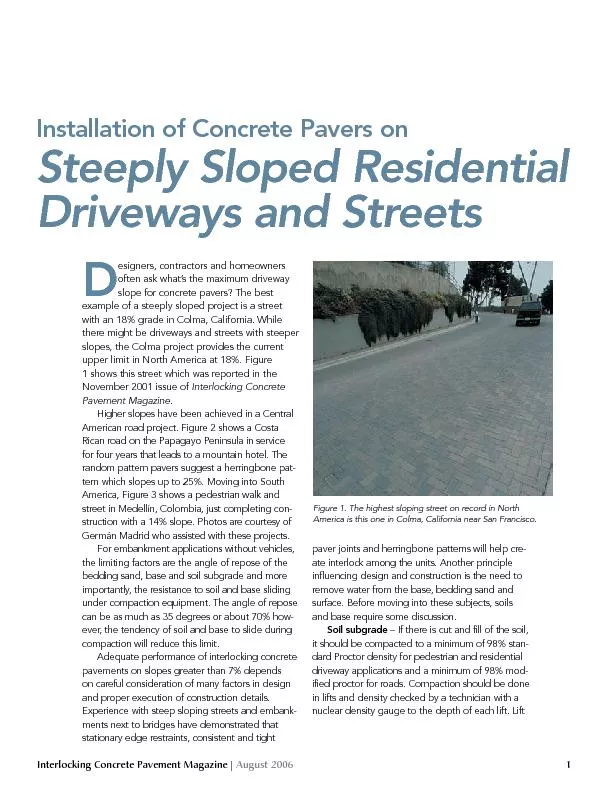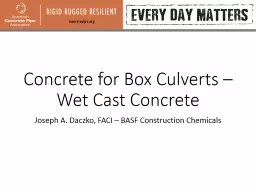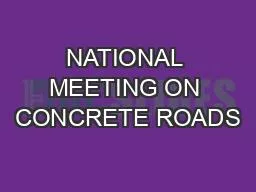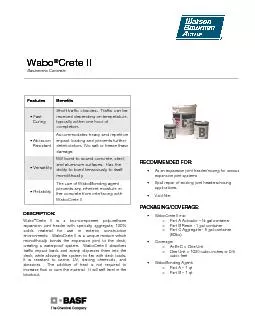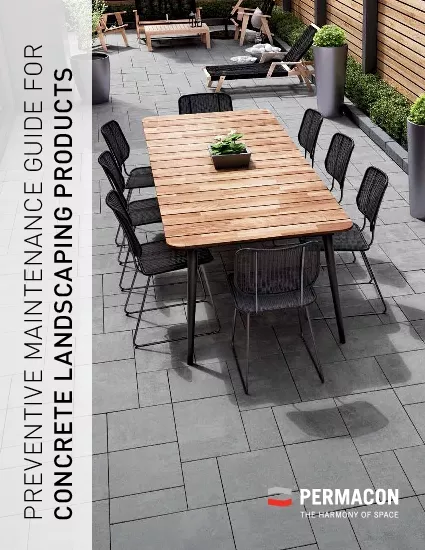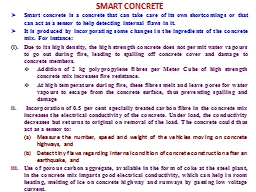PDF-Installation of Concrete Pavers on Steeply Sloped Residential Driveway
Author : briana-ranney | Published Date : 2016-03-18
paver joints and herringbone patterns will help create interlock among the units Another principle influencing design and construction is the need to remove water
Presentation Embed Code
Download Presentation
Download Presentation The PPT/PDF document "Installation of Concrete Pavers on Steep..." is the property of its rightful owner. Permission is granted to download and print the materials on this website for personal, non-commercial use only, and to display it on your personal computer provided you do not modify the materials and that you retain all copyright notices contained in the materials. By downloading content from our website, you accept the terms of this agreement.
Installation of Concrete Pavers on Steeply Sloped Residential Driveway: Transcript
Download Rules Of Document
"Installation of Concrete Pavers on Steeply Sloped Residential Driveway"The content belongs to its owner. You may download and print it for personal use, without modification, and keep all copyright notices. By downloading, you agree to these terms.
Related Documents

